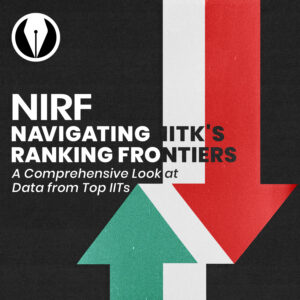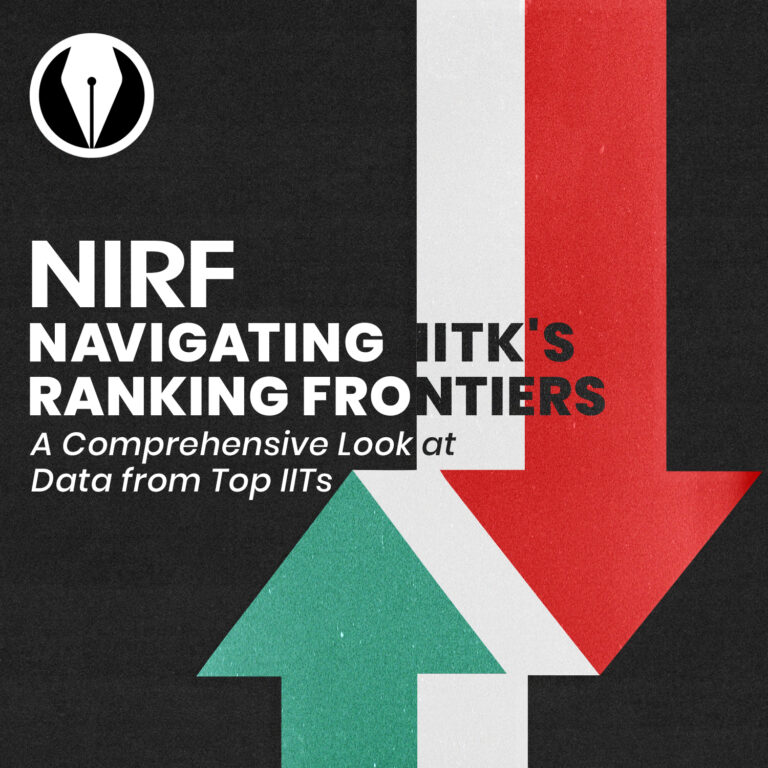Of the many programs offered at the undergraduate level at IIT Kanpur, the newest one, chronologically, but not so much ideologically, is B Tech in Engineering Sciences.
The program has been made available to the Y11 batch and onwards. Given the relative newness of the program, it is offered as a branch change option to the students in place of being a branch choice during JEE counselling. There is no minimum CPI criterion, however in case of an overflow of applications, CPI is to be taken into consideration.
The program has two sub- streams, one is B. Tech. in Environment, Energy and Climate (EEC) and other in Mechanics, each with a maximum batch strength of 10 students. The Program Coordinator is Professor Anindya Chatterjee from the Dept. of Mechanical Engineering and the PUGC is Professor Abhijit Kushari from the Dept. of Aerospace Engineering.
With a Basic Sciences and B. Tech program already in place, one wonders as to why their is a need to introduce another program. The answer to this lies in the basic idea behind the program.
At the very onset, the program was supposed to be an interdepartmental degree program, relevant for students who wanted to be entrepreneurs or non- engineers. Another thought process was that of being an exit option to save students from termination.
With successive deliberations, it became an interdisciplinary program.
According to Professor Chatterjee, the program began with the initial intention of providing a highly flexible environment for very bright students. As of now, the course template for each of the two streams has compulsory courses from multiple branches, ranging from Electrical Engineering to Civil Engineering. The aim is to equip the students with a set of skills in different areas of both scientific and technical knowledge.
An amalgamation of different disciplines, this program, as advised by Professor Chatterjee himself, needs to be given careful attention, and aspiring students should go through the templates carefully before applying for it. In words of Professor Chatterjee himself, “As an advisor I would say that this programme is more suited for the academically oriented. Students should know their professional goals before applying for it.”
The challenge has been to make it successful at the implementational level. A series of developments took place that gave the program its current form.
It was during Professor SG Dhande’s term, nearing the end of July in 2011, that the institute decided to offer this program to the students. Committees were constituted, rounds of discussions and debates took place which got dragged on for a bit too long for it to be offered to the Y11 at the end of their first year. Then came March 2012. The program had still not assumed implementable form. Details were missing and consensus was still to be reached on how the program was to be carried out. In March 2012, a committee was formed, convened by Professor CS Upadhyaya, to discuss the details and it was to submit its report a month from the date the order was passed. However, due to certain differences of opinion within the Academic Senate, the report could not be completed till the end of the summer of 2013. The last date to apply for branch change, for Y11, was 28th of July 2013 and an information session was organised on 29th of July to introduce the students to the program. They were to decide whether they were applying for change by the 30th, which did not give them sufficient time to make a well informed decision.
In an online survey conducted by a committee formed in the 9th meeting of the Students’ Senate in 2013, 15 respondents expressed that they would have liked to enrol in the program, had they been intimated well in advance.
Currently, only one student from Y11 is enrolled in the program. The program was offered to the Y12 as a branch change option at the end of their third semester. As a result of this, the Y12 batch may have had to adjust their overall template in order to make place for Engg Sc. courses, as they had already chosen their ESOs for their third semester. Y13, however, will be offered the program after it has, hopefully, taken good shape, at the end of their first year and will have enough time to decide which ESOs to opt for.
In the interview with Professor Chatterjee, he stressed greatly on the point that while changing to a new stream, such as this, a student will be giving up on some employability for academic orientation. It should not be looked upon as an escape route from another department as it is not the program that carries one through his/her academic career but attitude one carries.
Written by Anushka Jha, Praharsh Suryadevara and Shanu Vashishtha










